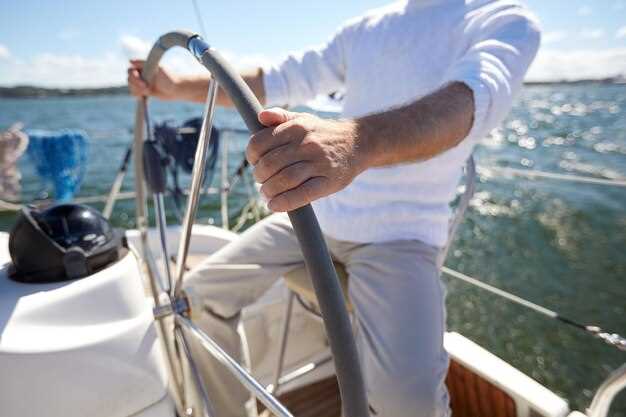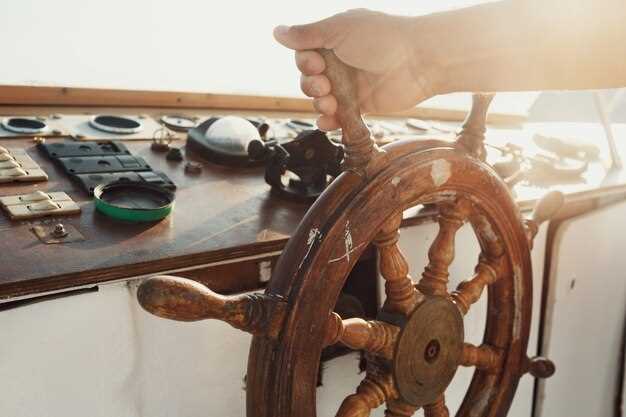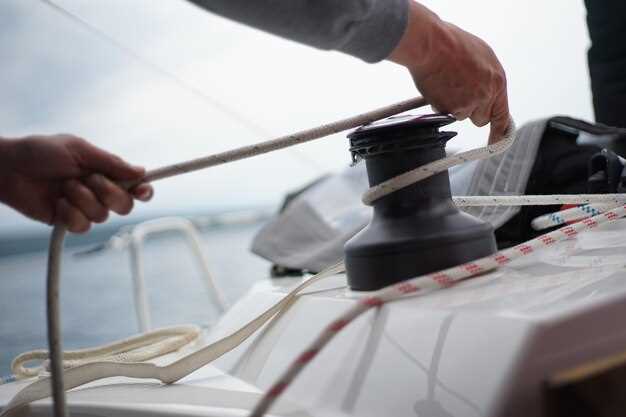
Every captain, whether a seasoned sailor or a novice, must prioritize safety while on the water. Operating a boat comes with unique responsibilities, and understanding essential safety rules can prevent accidents and ensure a pleasant experience for everyone on board. Familiarizing yourself with these guidelines is crucial for protecting both your crew and passengers, as well as respecting other boaters.
Boating safety rules encompass a variety of practices, from wearing life jackets to understanding navigational markers. It’s vital to recognize that safety is not just a personal matter; it is a shared responsibility among all individuals aboard. By adhering to these rules, captains can create a safe environment that minimizes risks and enhances enjoyment on the water.
Before embarking on any journey, a thorough safety check of the boat and its equipment is essential. This includes ensuring all safety gear is present and in good condition, as well as having a clear understanding of emergency protocols. By following these essential safety rules, captains can navigate waterways confidently, knowing they are prepared for any situation.
Understanding Required Safety Equipment on Board

One of the most critical aspects of boating safety is having the proper safety equipment on board. Regulations established by local and national authorities dictate the minimum requirements that every vessel must meet. Understanding these regulations is essential for every captain and can significantly impact the safety of all onboard.
Personal Flotation Devices (PFDs) are mandatory for all passengers and crew aboard a vessel. Each individual must have access to a U.S. Coast Guard-approved life jacket. It is the responsibility of the captain to ensure that these PFDs are in good condition, properly stored, and easily accessible.
Fire Extinguishers are another essential safety item. Depending on the size of the vessel and the type of activities conducted, regulations specify the number and type of fire extinguishers that must be onboard. Regular checks to ensure that these extinguishers are charged and in working order are crucial for fire safety.
Visual Distress Signals are required for vessels operating in coastal waters and must be readily available. These signals usually include flares, flags, or other devices that alert nearby boats or authorities in case of an emergency.
Sound-Producing Devices are necessary for signaling in reduced visibility or to communicate with other vessels. The regulations suggest that boats should have an efficient horn or whistle that can be easily used during any situation.
First Aid Kits are vital for treating injuries or medical emergencies that might occur while on the water. It’s advised that a well-stocked first aid kit meets or exceeds the minimum requirements listed in boating safety regulations.
In addition to these basics, appropriate navigation lights, anchor, and adequate fire prevention equipment are significant for ensuring safe travels. Being aware of and complying with safety regulations is not only a legal obligation but also a proactive measure to enhance the safety of the captain and crew. Each boating trip should start with a thorough inspection of safety equipment to ensure that everyone is prepared for any unforeseen circumstances.
Navigational Rules and Responsibility on the Water

Navigational rules are essential for ensuring safety and order on the water. Each captain is responsible for understanding and adhering to these regulations to prevent accidents and maintain a safe environment for all boaters.
The International Regulations for Preventing Collisions at Sea (COLREGs) outline key guidelines for navigation. These regulations apply to all vessels, regardless of size or type, and focus on right of way, speed, and visibility conditions. It is crucial for captains to familiarize themselves with these rules, as they dictate how to properly navigate waterways, ensuring the safety of both the crew and other water users.
Captains must also be aware of specific local regulations that can vary by region. These rules may include speed limits, no-wake zones, and designated traffic patterns. Ignorance of local laws can lead to accidents and legal consequences; therefore, it’s imperative to stay informed about the regulations in the areas where boating occurs.
Furthermore, each captain bears the responsibility to maintain a proper lookout. This involves actively watching for other vessels, buoys, and navigational markers. A vigilant lookout can prevent collisions and help in making informed decisions in changing conditions.
In addition, understanding weather conditions and the impact they have on navigation is vital. Sudden changes can affect visibility and water conditions, requiring adjustments to speed and course. Proper planning and using resources such as weather reports can aid in making safe choices on the water.
Ultimately, following navigational rules and understanding your responsibilities as a captain is not just a legal obligation; it is a moral imperative to ensure the safety of everyone on the water.
Emergency Procedures and First Aid Knowledge for Captains
For every captain, understanding emergency procedures is crucial to ensure the safety of all onboard. This knowledge not only complies with safety regulations but also enhances the preparedness of the crew in critical situations. Captains must be trained to handle various emergencies, including man overboard, fire on board, flooding, or medical crises.
In the event of a man overboard situation, immediate action is essential. The captain should call for a crew member to mark the spot with a buoy or floating object. Engine power should be reduced, and the vessel should circle back to retrieve the person quickly. Clear communication and calmness are vital during such an incident to ensure a successful rescue.
Fire onboard poses a significant threat. Captains must familiarize themselves with the locations and usage of fire extinguishers and learn how to operate onboard fire suppression systems. A swift response can prevent the situation from escalating. Evacuation plans should be clear, and crew members must be aware of their roles during a fire emergency.
Flooding can lead to a rapid loss of buoyancy. Captains should know how to assess the situation by determining the source of the water ingress and implementing make-shift repairs if possible. Using bilge pumps effectively and managing weight distribution can help stabilize the vessel until reaching safety.
Medical emergencies require immediate attention. All captains should possess basic first aid knowledge, including CPR, wound treatment, and how to handle common ailments like seasickness. The onboard first aid kit should be well-stocked, and crew members must be trained in its usage. Establishing a clear protocol for medical emergencies can help streamline response efforts.
Regular drills simulating these procedures will ensure that the crew is prepared and capable of acting promptly when needed. Documentation of emergency protocols and maintaining an updated log of safety regulations are also essential responsibilities for every captain.



